How the tile was made
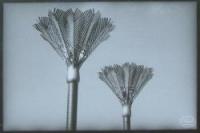
The tile is inspired by the New Zealand native Nikau palm and its
majestic sculptural representation by architect Ian Athfield
on Wellington´s Civic Square.
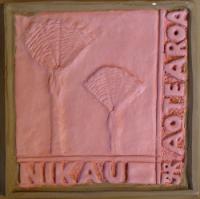
The Ur-Tile, the prototype from which the mould was cast.
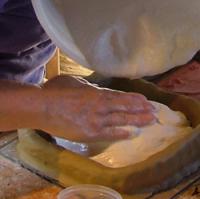
Plaster is poured over the prototype tile to cast the mould.
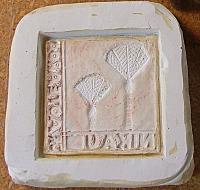
The mould after additional details have been carved in.
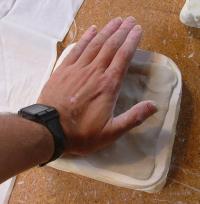
Clay is firmly pressed into the mould.
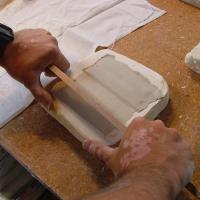
The surplus clay is shaved off.
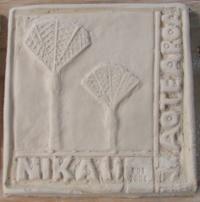
The raw tile after a drying period.
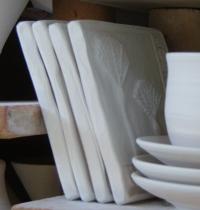
The raw tiles have been placed in the kiln for biscuit firing.

After biscuit firing the tiles are painted. On the top left tile the painted
areas have already been covered with wax to keep it free from glaze to preserve
the colours.
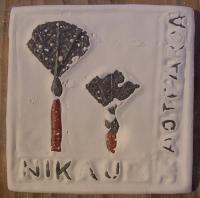
The glaze has been applied to the surface and the tile is ready for
the second and final firing.
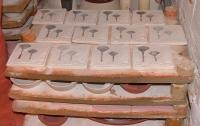
The kiln is prepared for the final firing.

The final appearance of the tile.

The entire edition of 30 tiles of the Nikau design. The 21 best tiles
are selected for The Tile Project.
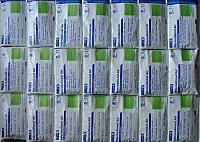
Twenty-one installation sites ... twenty-one parcels.
All tiles and their images are copyright by the associated artist. All Rights Reserved.
Reproduction of images or text only with permission in writing.